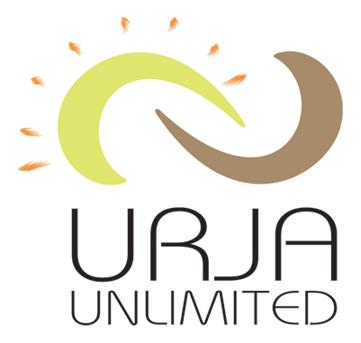In today’s world, it is somewhat easy to get consumer loan and credit for purchasing consumer durables. However, many low income households, that may not have access to even basic amenities, such as electricity and education or clean water have difficulty in accessing such finance. Only, if there was some (organised) financing that was available, and specifically for these customer segments, it can help them pull out of poverty and how..lets see a case of solar lighting for homes that
may not have access to reliable electricity.
Background
Financing to the under served has been a sporadic effort, not very organised, and at best left to micro finance institutions, NGOs or some grant based programs by a philanthropy or a family fund. Success is difficult to measure, and often because the metrics are not clear in the first place. Some social enterprises like Urja Unlimited have joined in, and have been contributing to the spread and distribution of solar home light systems, and solar lanterns / solar streetlighting. Do read about the earlier experiments with improved lighting and security in villages in UP, via our solar lighting program and a case study around the same.
An organised effort, to help reach this under served segment could help them provide with much needed finance, not at 22% p.a reducing balance, but at 10-12% p.a reducing balance that makes economic sense for a loan to be taken up.
Home Lighting Investment
An investment into a home lighting system by Urja Unlimited would be in the range of Rs. 2500 to Rs. 6500 based on the model chosen, including mobile charging and LED lights for 2-3 rooms. This is precisely the need for a small home in a village / Tier 3 city, where there is lack of reliable electricity. Although it is difficult to measure the benefits and advantages of reliable power, and longer lighting hours, a cost can be assigned to burning fuel or kerosene which is often the substitute for lighting up the homes when there is no power. If kerosene is burnt, and 2-3 rooms are lit up, almost Rs. 300-350 is spent every month. An average life span of a light system when the batteries are to be replaced, shall be around 4 years. The payback for a home lighting system shall be 5000 / 350 = 14-15 months. Pay as you go systems is a technology that has a bright future and some of our systems are incorporating this now.
Conclusion
With the falling prices of technology, it is now possible to provide home lighting systems with improved lighting that meet the world standards in lighting by solar manufacturers like Urja Unlimited ( link to the home lighting systems here). In India, there is a market for off grid lighting products despite schemes like SRISHTI and KUSUM. The underserved segment is as ambitious and forward looking and trends point out to inclusion of other appliances like DC Television, mobile charging and security systems that improve the quality of life for them, as well, in the homelighting kits. A firm tie up with a financial institution who can offer credit at lower interest rates, incorporating technology to help control costs of administering credit in rural and smaller cities is needed.
